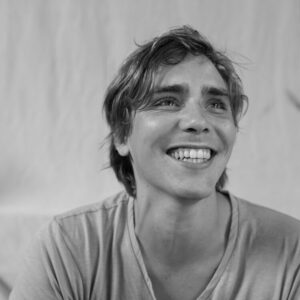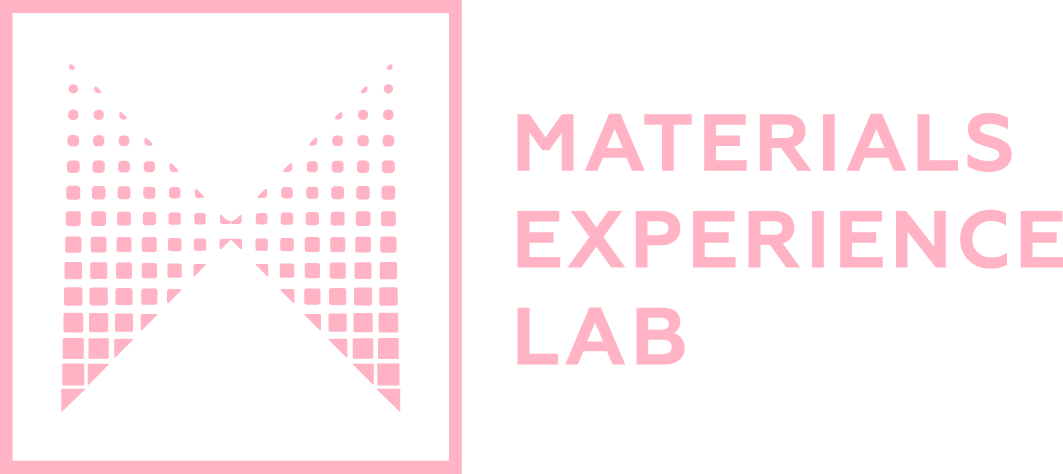
WARD GROUTARS
Ph.D. Candidate – Delft University of Technology, The Netherlands.
SUPERVISOR
Prof. dr. Karana, E.
During his studies, Ward developed an interest in combining technological innovations with a more artistic approach. This led him to do a traineeship at Studio Roosegaarde where he worked on the Glowing Nature project, an interactive installation involving living bioluminescent algae. Working on this project connected with a lifelong fascination for biology and opened his eyes to the possibilities of combining living organisms with human technology.
Proceeding with his MSc. studies, he got involved with microbiology and the Material Driven Design method, developed by Karana in 2015. This culminated in a graduation project done in collaboration with microbiologists from the Aubin-Tam research group. This project was on the development of a material grown by three different species of bacteria. The three different ingredients would then make for a composite material that was lightweight yet incredibly tough. Through this project, various ways of forming such a material were explored as well as the role of a designer in the microbiological laboratory.
After graduation Ward started to work at Avans where he is involved in the Coloured by Flavo project. This research project investigates the structural colour produced by living colonies of Flavobacteria. These bright colours show potential in the development of new types of living paint that could one day replace the petro-chemical dyes we now often use. His current research focuses on understanding the behaviour of these bacteria and how the colours they produce will change in response to different environmental factors. This with the aim of developing a living smart material, able to sense its environment and communicate through vivid colourations.
CURRENT PROJECT
COLOURED BY FLAVO
Colour is at the heart of the creative industries and critical to the quality of our lives. Yet, most colourants used in products today have problems related to performance (e.g. intensity and stability) and sustainability (e.g. resource scarcity, invested energy and recyclability).
Currently, the choice of bio-based, high-performance colours is limited. Here, “Structural colour” (SC), is a viable, sustainable alternative. The best examples are found in nature (e.g. the peacock), in which nanostructures interact with incident light to reflect intense hues. Recently, it has been discovered that Flavobacteria are also capable of creating such structural colours, showing promise for the development of sustainable colourants.
In this research, we investigate the Living Aesthetics of these Flavobacteria, how they grow, develop structural colour and eventually fade away. Here, a setup was custom-made to capture their colonies at different angles over the course of time. Using this setup, we are looking at different environmental factors and how these determine the growth of these bacteria. With this knowledge comes the ability to control such factors and the way in which these bacteria form their colour, opening up possibilities for future living interfaces through which humans and microorganisms can interact.
